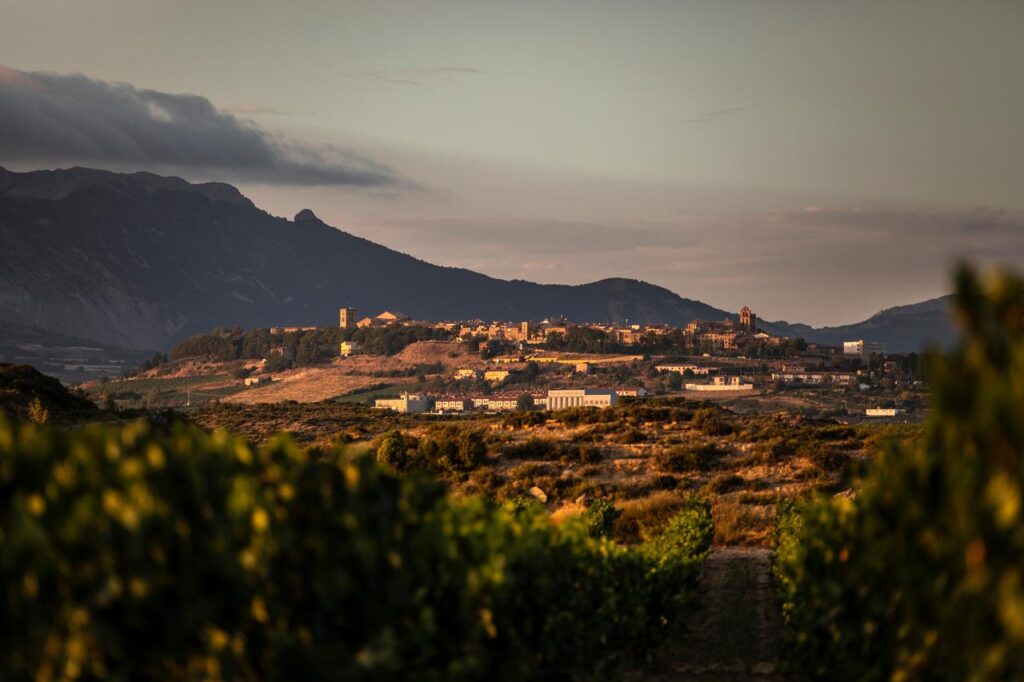News
Rioja Unveils New Village and Vineyard Designations: A Focus on Terroir
Transparency & Quality Focus
The DOCa Rioja, Rioja’s governing body, has implemented new regulations that signal a significant shift towards terroir-driven wines. This update addresses longstanding concerns from producers and aligns with current consumer trends seeking transparency in wine origin. The Regulatory Council has approved significant regulatory changes, signaling a shift towards terroir-focused wines. The amendments, effective as of February 15, 2024, depart from previous labeling practices and demonstrate a commitment to meet evolving consumer demands for clear wine origins.
Key Changes
- “Vino de Pueblo” replaces “Vino de Municipio”: Wines labeled with a specific village name will now be classified as “Vino de Pueblo” (Village Wine) for improved clarity.
- “Viñedo en” designates specific vineyards: Producers can now highlight grapes sourced from a single vineyard within a village by including “Viñedo en [village name]” on the label.
Both mentions, “Wine of” and “Vineyard in” together with the name of the municipality, must be included on the labeling and the Regulatory Council will also issue specific back labels that will include the term “Vino de Pueblo”. In the event that there are mentions of area, municipality or vineyard, the back label to be used will be that of the smallest geographical unit.
DOCa Rioja Addressing Producer Demands
Previously, “Vino de Municipio” regulations required both grapes and production to occur within the same village. This limited options for smaller wineries with holdings across villages. The new “Viñedo en” designation allows them to showcase exceptional vineyard sites.
Building on the success of the 2017 “Viñedo Singular” classification, Rioja’s latest regulatory tweaks reinforce their commitment to terroir-driven wines. The new “Viñedo en” designation allows producers to directly showcase exceptional vineyard sites within a village on their labels. This granular detail provides valuable differentiation and caters to the growing market demand for transparency and terroir expression in Rioja wines.
A History of Terroir
This decision reflects ongoing discussions within Rioja regarding terroir expression. In 2017, the “Viñedo Singular” classification was established to recognize unique single vineyards. The latest changes build upon this commitment to highlighting vineyard and village distinctiveness. Expanding on the “Vino de Pueblo” designation, the Regulatory Council introduced “Viñedo en” (vineyard in). This exciting new term allows producers to showcase exceptional vineyard sites on their labels. For instance, a wine made entirely from Ábalos grapes can now proudly display “Viñedo en Ábalos” alongside “Vino de Pueblo,” offering a higher level of transparency to discerning wine drinkers.
Continued Innovation
The DOCa Rioja remains committed to both preserving tradition and embracing innovation. These new designations empower producers to tell the story of their wines better and cater to evolving consumer preferences for transparency and terroir-driven bottlings.

Looking Ahead
Trade professionals will closely monitor the impact of these changes on Rioja’s wine landscape. Highlighting village and vineyard specifics has the potential to elevate quality perception and further consumer interest in exploring Rioja’s diverse offerings.
